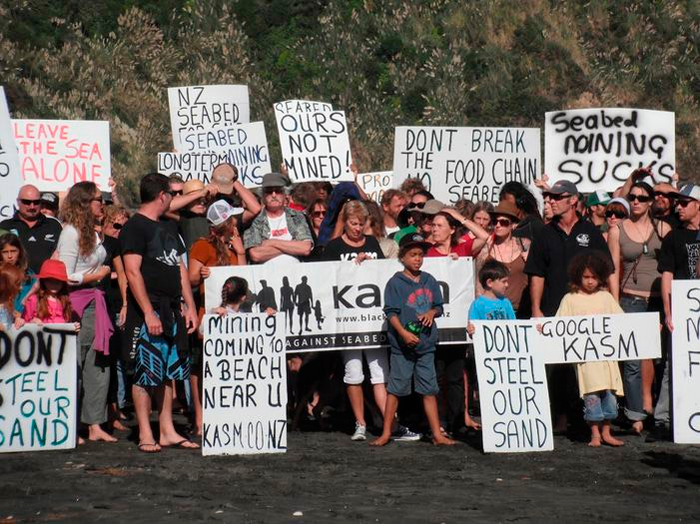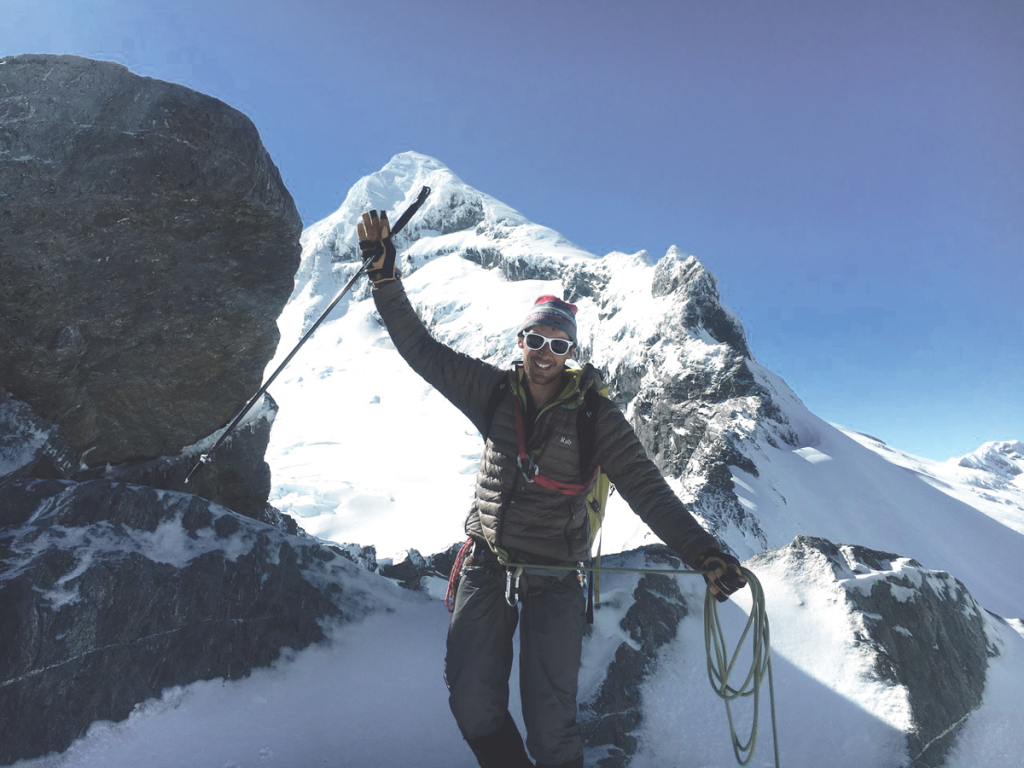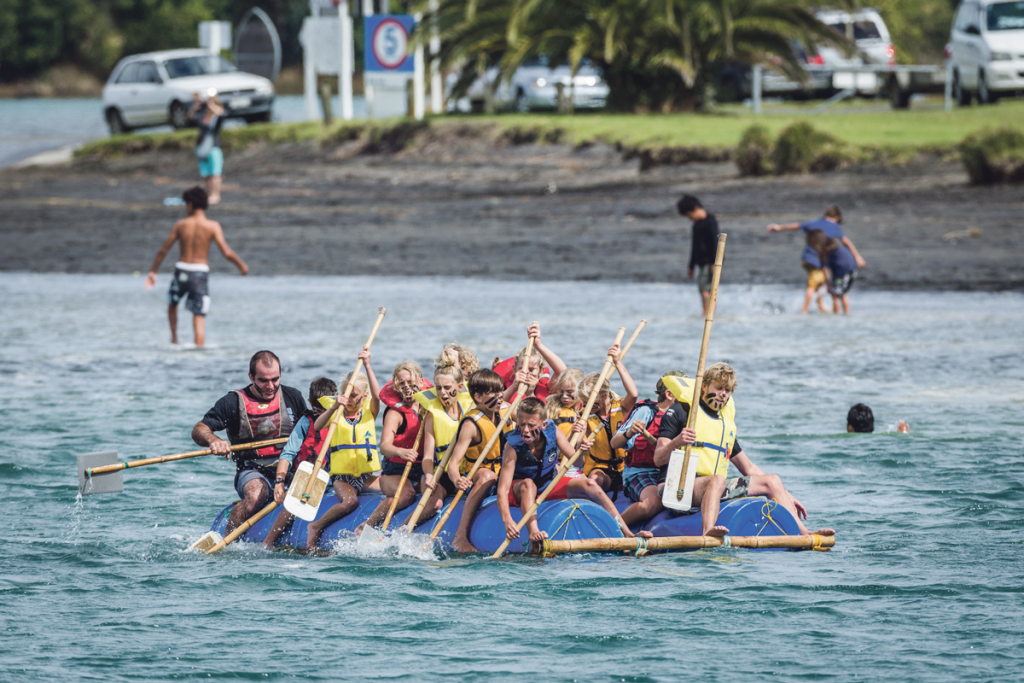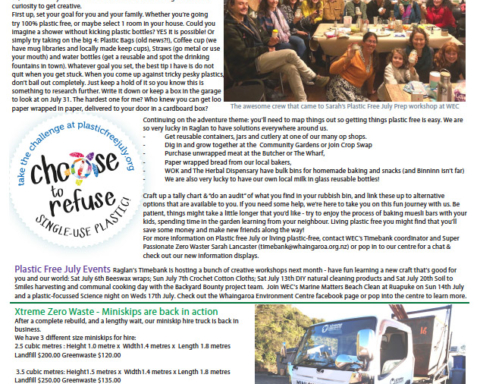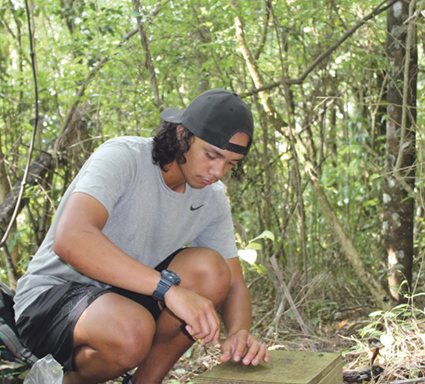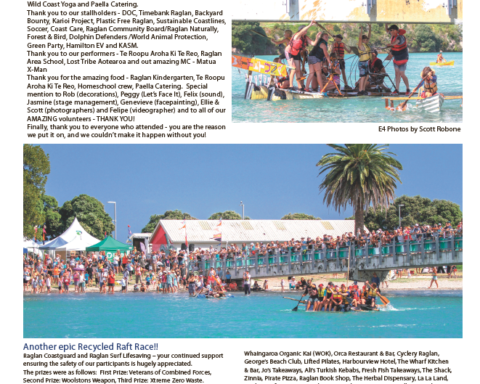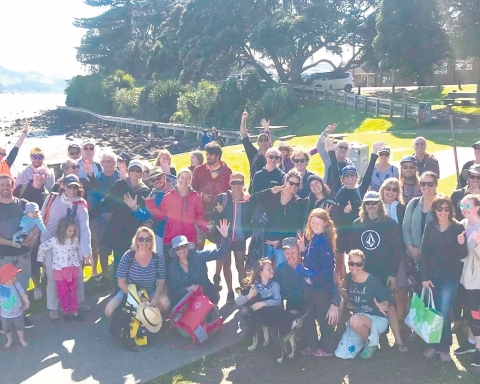The hearing into Trans-Tasman Resources’ application to mine iron sand for 20 years off the coast of Taranaki has so far been an interesting and disappointing process, says Kasm chairman Phil McCabe.
Phil, who has yet to present his submissions – on behalf of Kasm and a personal one – to the decision-making committee, says a report on the analysis of the submissions is misleading as it says the majority of submissions are in favour of the application, and TTR expects consent even though it has done little fieldwork into the effects of seabed mining.
“I’m disappointed in the process.”
Phil says more than 13,000 submissions were made regarding TTR’s application to mine the South Taranaki Bight, but the submissions analysis report included only 268 of them.
Only those submissions that came directly to the Environmental Protection Agency, rather than via templates provided by Kasm or other organisations, were included in the report, he says.
As a result, the report showed that 56 per cent of submitters supported mining the South Taranaki Bight, but in reality “when you add all of the submissions up it comes to 99 per cent oppose and 1 per cent support the application”.
It also meant that a lot of information was left out of the report, which was put together to help guide the decision-making committee.
The hearing was held in New Plymouth last week and a number of Raglan people drove down to give their submissions against seabed mining.
“Big ups to them,” says Phil, who reckons it was “quite unreasonable for the EPA to expect people to drive for up to four hours to speak for 10 minutes”.
He says submitters against the application who spoke in New Plymouth spoke knowledgeably, powerfully and with feeling.
“Last week, it was quite a beautiful thing.”
Of evidence given so far, Phil says: “I think that, scientifically, the company seems to have left major questions unanswered.”
He says TTR’s request to engage in two years of fieldwork after consent is given, and before mining begins, is a backwards way of doing things.
“You have to do the groundwork before consent.
“They are expecting us to rely on the small amount of fieldwork they have done, and mostly computer modelling, where as Kasm experts, fishermen, divers, iwi, all presented actual evidence.”
Phil says one marine mammal expert gave evidence of what she believes to be a Taranaki-based population of blue whales living in the area that TTR proposes should be mined.
The presence of blue whales were monitored at five sites using microphones and “almost every day blue whale calls were picked up”, says Phil. During a nine-day survey, 68 blue whales were spotted in 32 sightings.
“The sound from the activity would be a like a constant drone, persisting for days, weeks and sometimes months on end.”
Phil says the stress of the noise and the sediment created from mining would affect feeding, mating and the rearing of young.
Another expert presented evidence that little blue penguins were travelling 150km from the Marlborough Sounds to feed in the proposed mining area.
“The conclusion I am coming to is that the … area performs a unique function in the greater environment. There are a lot of fish there, penguins there, so lets go wreck it!
“The bottom line: My view is I don’t know how the decision-making committee can give them permission.”
Phil says he felt that the EPA was squeezing its schedule too tightly “purely for convenience and to the save the company some money”, and the decision-making committee wasn’t engaging as fully with the submitters as it should.
The hearing ends on Monday in Wellington.
Inger Vos
